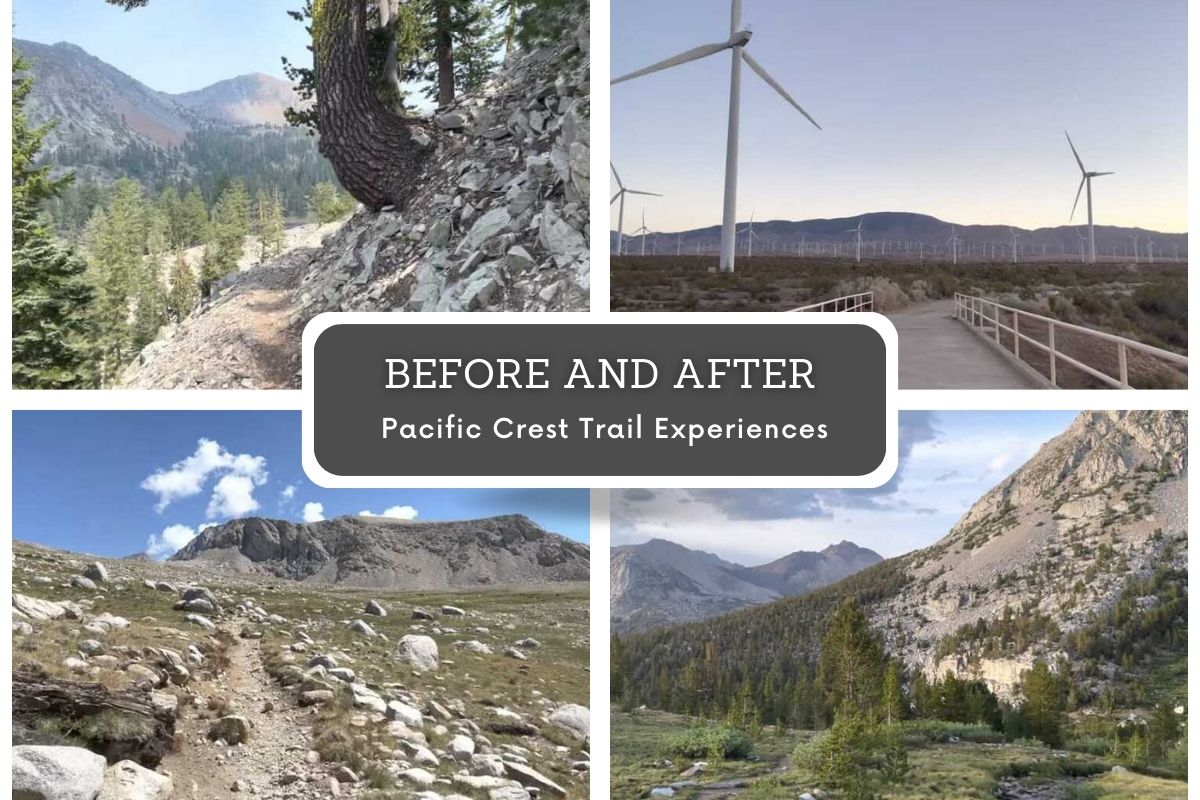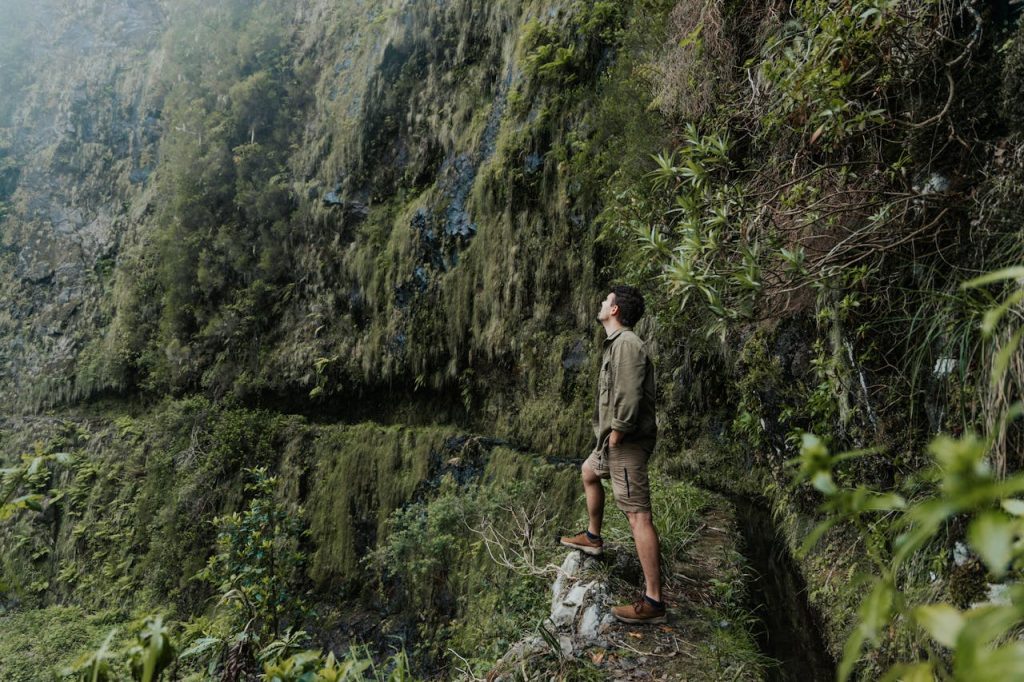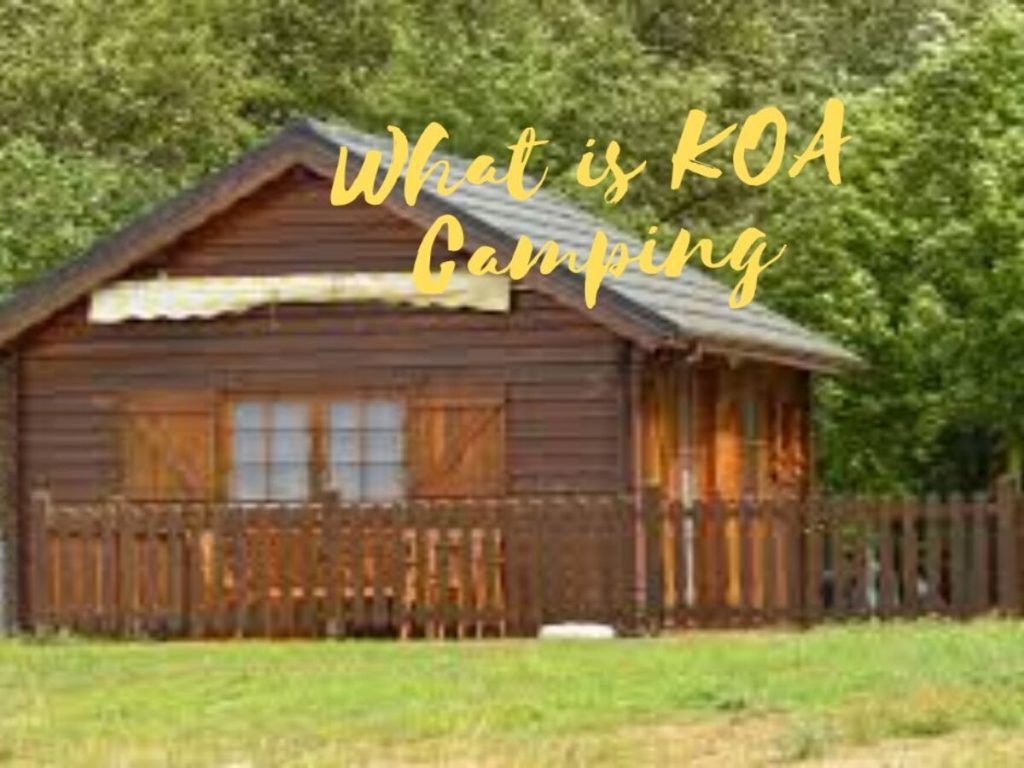Have you ever wondered what it’s like to embark on a journey that changes you, inside and out? The Pacific Crest Trail (PCT), stretching over 2,650 miles from Mexico to Canada, offers a transformative experience. In this article, we’re diving into the profound ‘before and after Pacific Crest Trail’ journey, exploring how this epic adventure reshapes the lives of those who dare to walk its path.
Pacific Crest Trail
Table of Contents
Toggle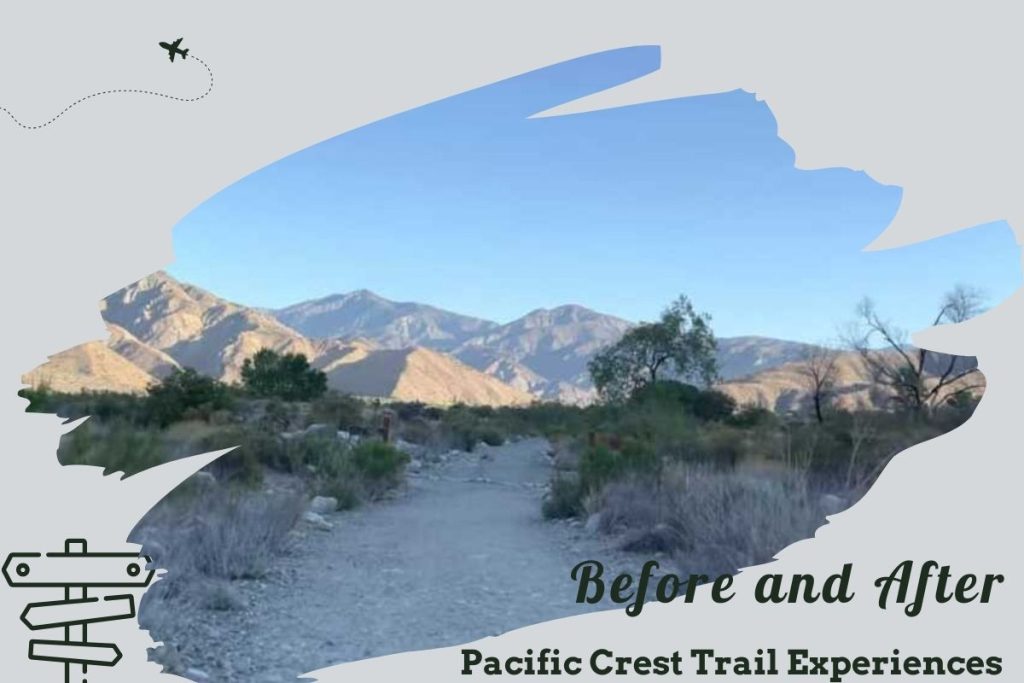
The Pacific Crest Trail is a renowned trekking and horseback riding path that weaves its way across the western United States. Spanning an impressive length of around 2,650 miles (or about 4,265 kilometers), it stretches from the Canadian border near Castle Peak in northern Washington all the way down to the Mexican border near Campo, California.
This incredible trail zigzags along the peaks of the Cascade and Sierra Nevada mountain ranges, crossing through Washington, Oregon, and California. Along its journey, the trail offers breathtaking views and experiences as it passes through seven national parks, many wilderness areas, and national forests.
Before the Trail:
Before setting foot on the PCT, hikers are often filled with excitement and nerves. The preparation phase involves intense physical training, researching gear, and mentally bracing for the challenges ahead. For many, the decision to hike the trail is fueled by a desire for change or escape, a thirst for adventure, or a test of personal limits.
As they pack their bags, there’s an air of anticipation – what will the trail teach them? How will it change their perspective on life? This ‘before’ phase is crucial to the ‘before and after Pacific Crest Trail’ experience, laying the groundwork for future transformation.
The Trail Experience:
Embarking on the Pacific Crest Trail (PCT) is the start of an extraordinary journey, one that begins the moment you set foot on the path. The PCT is renowned for presenting various challenges to its hikers – from harsh weather conditions and rugged terrain to the inevitable physical exhaustion accompanying such an extensive trek. These hardships, however, are just one facet of the experience.
The Beauty and Diversity of the PCT
As you navigate the trail, you are also treated to its unparalleled beauty. The PCT is more than just a path; it’s a gateway to diverse ecological zones, each boasting its own unique flora, fauna, climates, and geologic features. The trail is divided into five unique parts, each offering a different glimpse into the natural world.
You’ll find yourself wandering through lush forests filled with cedar, fir, larch, hemlock, and ponderosa pine, then suddenly transitioning into areas dominated by desert scrub, particularly in the southern parts of the trail.
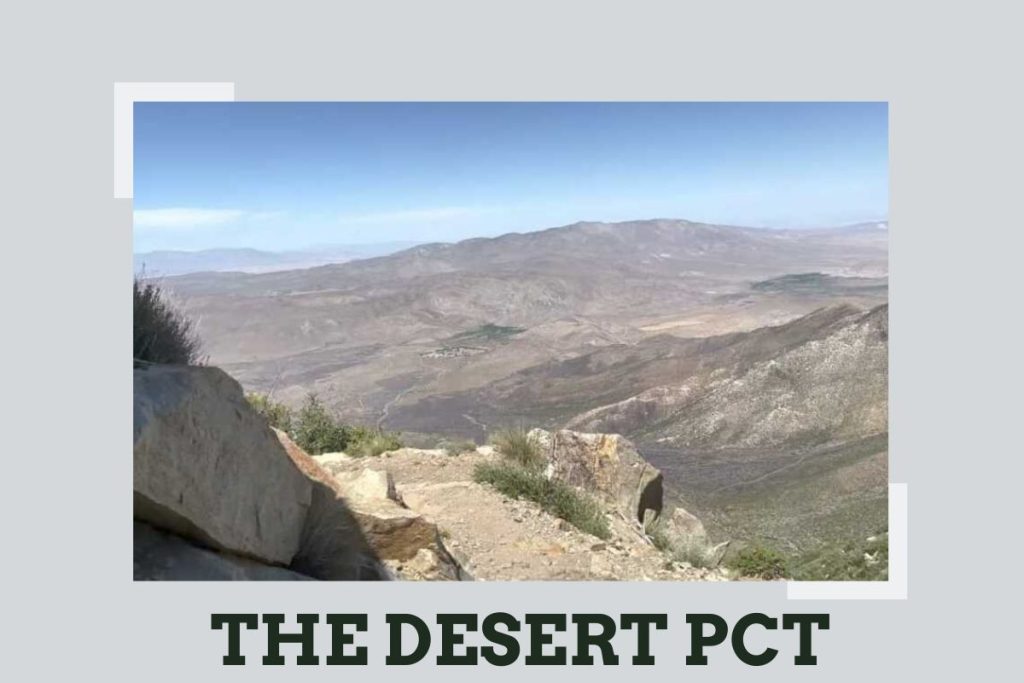
Resilience and Transformation on the Trail
The PCT experience is also one of serene solitude and a strong sense of community among fellow hikers. It’s a journey that fosters resilience as you learn to adapt to the varying conditions and challenges that the trail presents. This is where the most significant transformations occur.
Hikers develop a deeper appreciation for nature’s beauty and intricacy, often discovering a newfound sense of self-reliance and inner strength. The encounters with wildlife along the trail, including coyotes, black bears, deer, elk, marmots, foxes, raccoons, and grouse, add to the richness of the experience, making each step a discovery and each day a new adventure.
Overall, the trail experience shapes a hiker’s character in ways they never imagined, making the ‘before and after Pacific Crest Trail’ comparison starkly evident. It’s a journey that tests your limits, changes your perspective, and leaves you with a profound connection to the natural world.
After the Trail:
Completing the PCT is a monumental achievement. Hikers emerge with not just a sense of accomplishment but also with lasting changes. Physically, they’re stronger and more capable. Mentally, they often find themselves more resilient, patient, and appreciative of life’s simpler pleasures.
This ‘after’ phase of the ‘before and after Pacific Crest Trail’ journey is about integration – taking the lessons learned on the trail and applying them to everyday life. For many, life after the PCT involves a renewed sense of purpose, changed priorities, and a different outlook on life’s challenges.
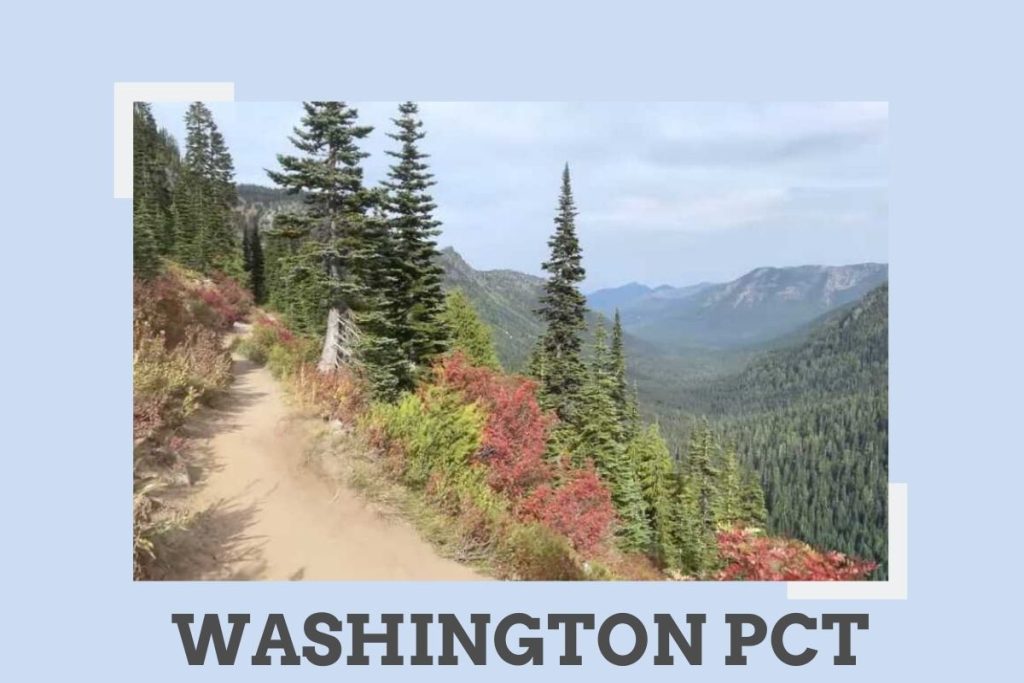
Section Hiking the PCT
Setting out on the Pacific Crest Trail (PCT) marks the beginning of an extraordinary expedition through various landscapes and challenges. This iconic trail, winding through the Sierra Nevada in California and extending further, is a true test of endurance and spirit.
From the majestic, snow-capped peaks of Mount Whitney, Mount Shasta, Mount Hood, and Mount Rainier to the highest point at Forester Pass, standing at a staggering 13,180 feet (about 4,017 meters), the trail offers an array of breathtaking views and experiences.
The Extension in Pacific Crest Trail
The Canadian government has extended the trail by an additional 7 miles (11 kilometers) into British Columbia’s Manning Provincial Park, enhancing the route’s allure.
Washington and the Cascade range
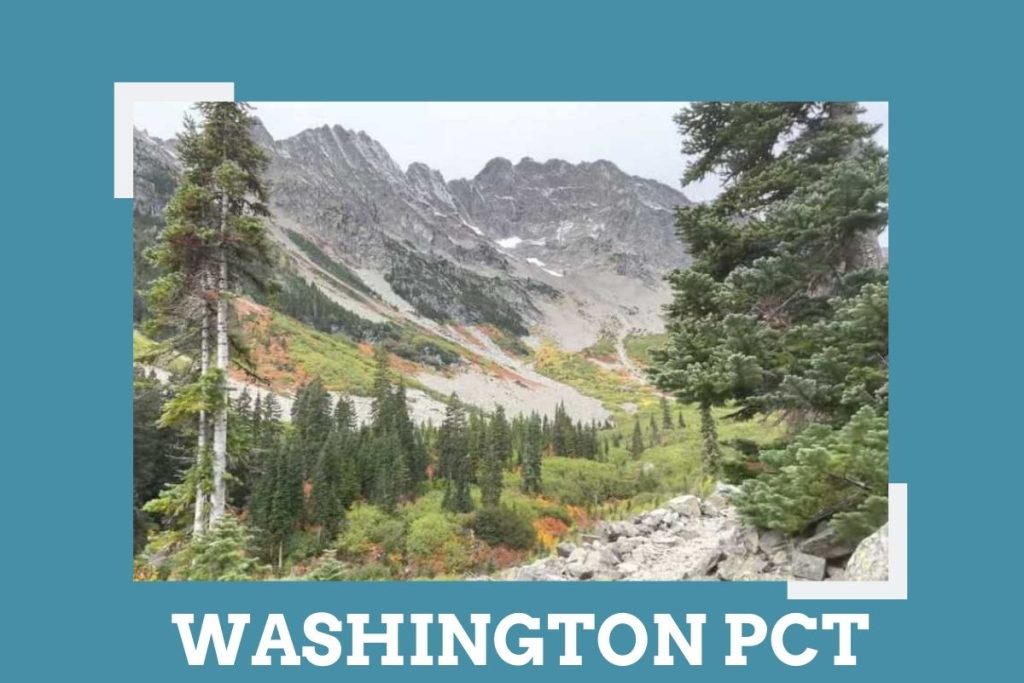
As you traverse the Washington segment, you’ll encounter frequent rains contributing to the formation of numerous small glaciers and snowfields, particularly in the North Cascades and Mount Rainier National Parks.
The lush landscapes here are a stark contrast to the dense fir forests, lakes, and volcanic formations you’ll find in Oregon, including the picturesque Crater Lake National Park.
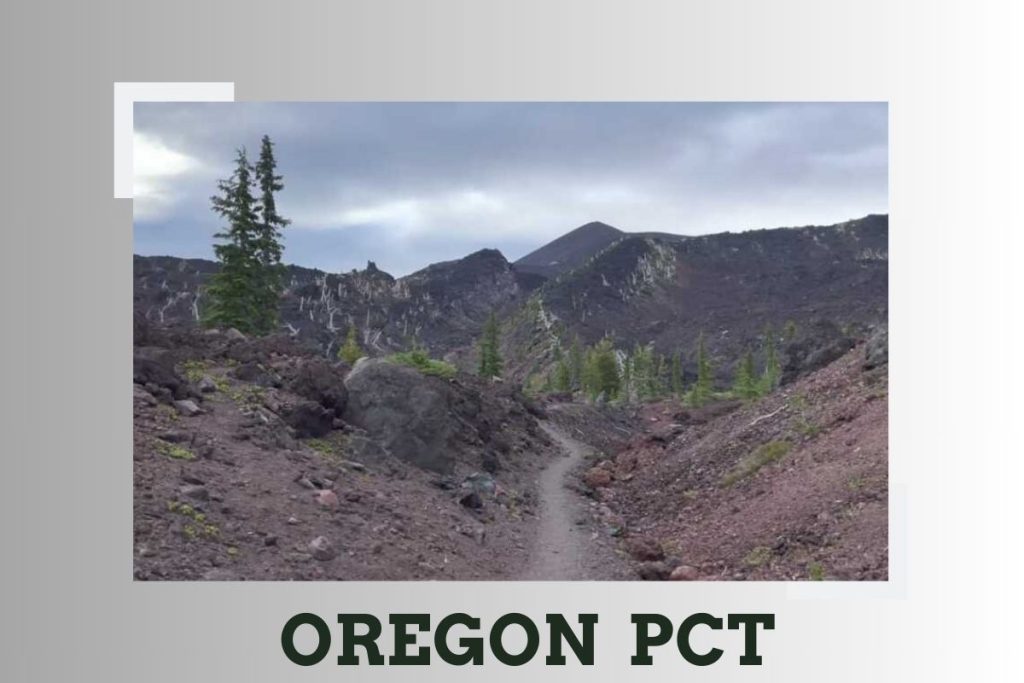
The trail through northern California
The trail continues through northern California’s heavily forested logging regions and crosses the Lassen Volcanic National Park. Central California meanders through mountain passes, meadows, and coniferous forests, touching upon iconic national parks like Sequoia, Kings Canyon, and Yosemite, and passes by the Devil’s Postpile National Monument.
Southern California
The journey concludes in southern California, where the trail stretches across the vast Mojave Desert, navigates the San Andreas Fault zone, and offers scenic views near San Bernardino and Palm Springs.
How long does it take to hike the Pacific Crest trail?
Given the vastness and varied terrain of the PCT, the time it takes to complete the entire trail can vary significantly. On average, it takes hikers about 4 to 6 months to complete the entire Pacific Crest Trail. This duration depends on several factors, including the hiker’s experience, pace, weather conditions, and the time spent on rest days and resupplies.
It’s a journey that requires not only physical stamina but also mental resilience as hikers navigate different climates, terrains, and the sheer length of the trail. For many, completing the Pacific Crest Trail is not just a hiking achievement but a life-changing experience full of personal growth and discovery.
Conclusion: Before and After Pacific Crest Trail
The ‘before and after Pacific Crest Trail’ experience is more than just a hike; it’s a journey of personal transformation. It tests limits, reshapes perspectives, and leaves an indelible mark on those who walk its path. Whether you’re a seasoned hiker or simply someone who dreams of grand adventures, the PCT offers a unique chance to explore not just the beauty of the wilderness but the depths of your own potential. So, are you ready to discover what lies before and after the Pacific Crest Trail? The journey awaits!
You Might Also Like:
10 Best Trails in Big Sur: A Hiker’s Paradise Explored
15 Best Hikes in the US | Your Guide to America’s Greatest Trails

